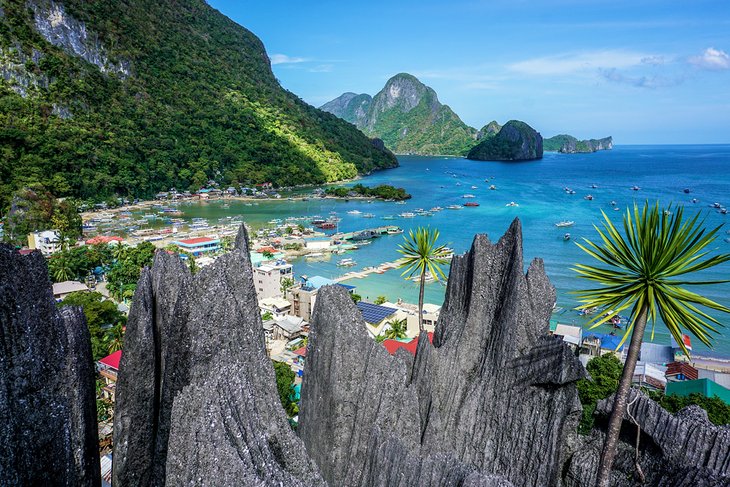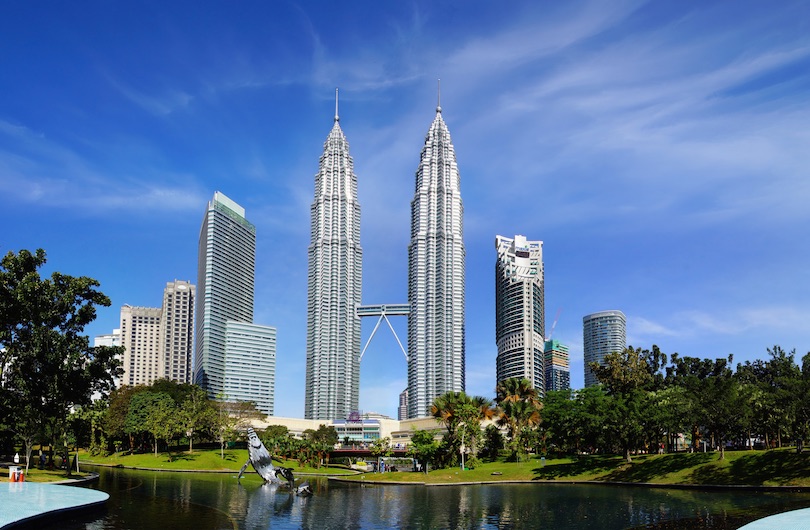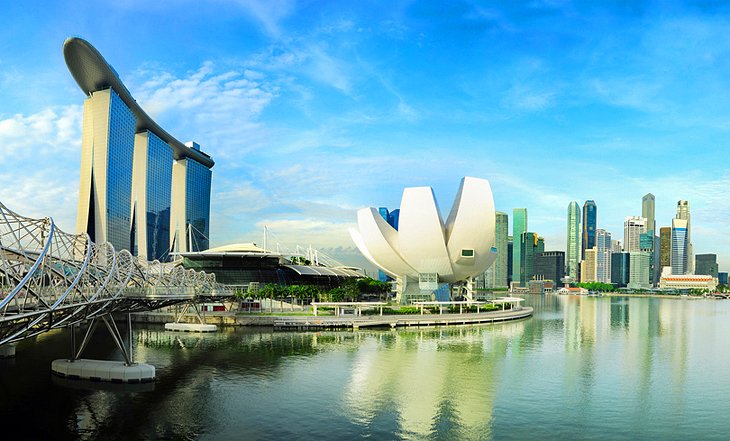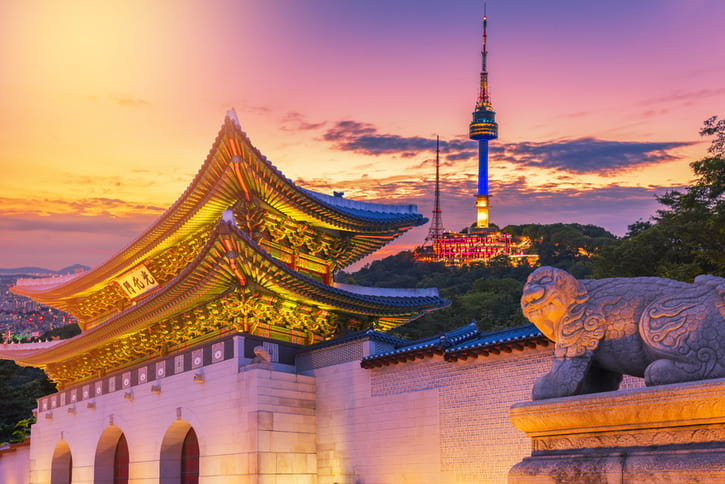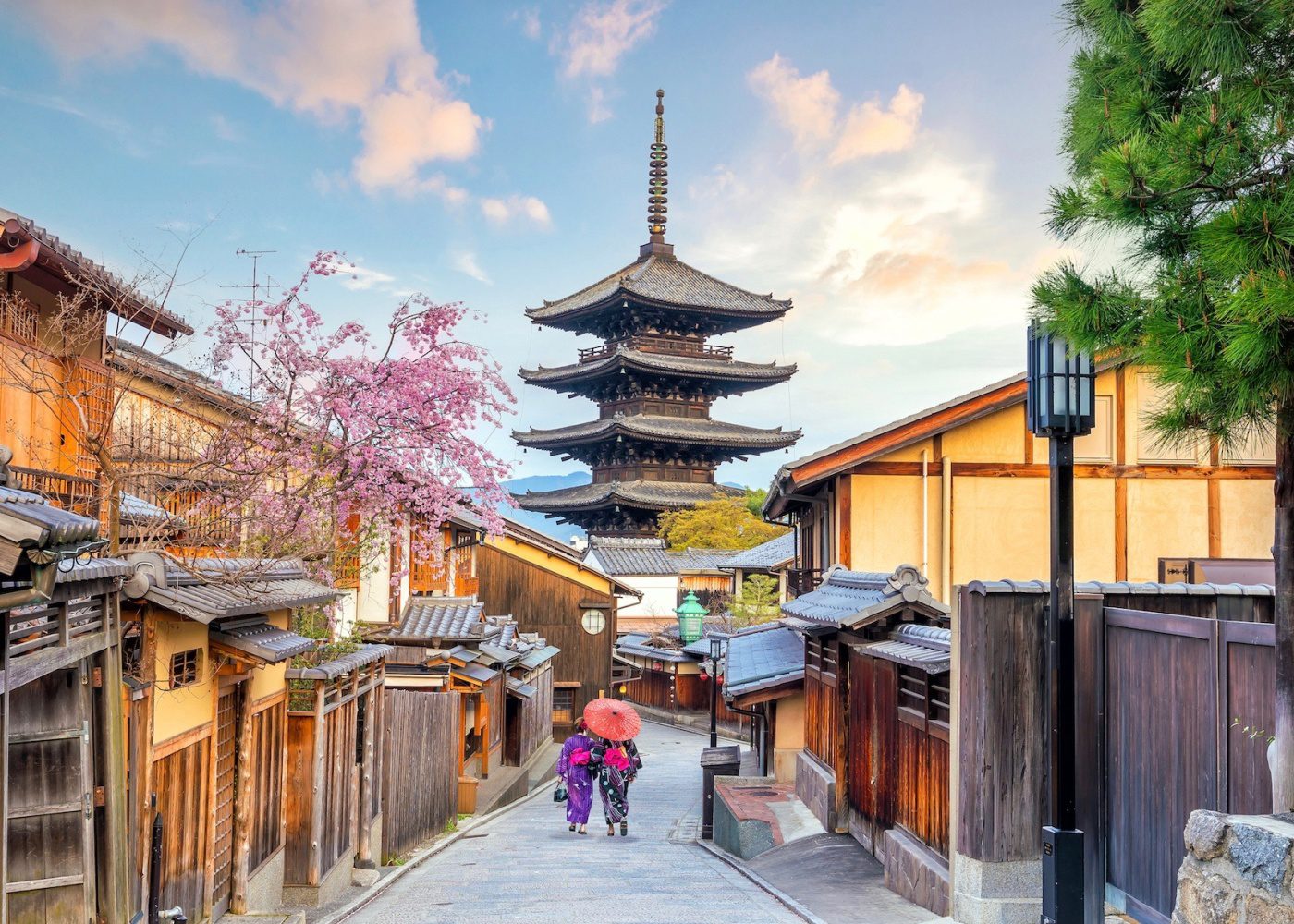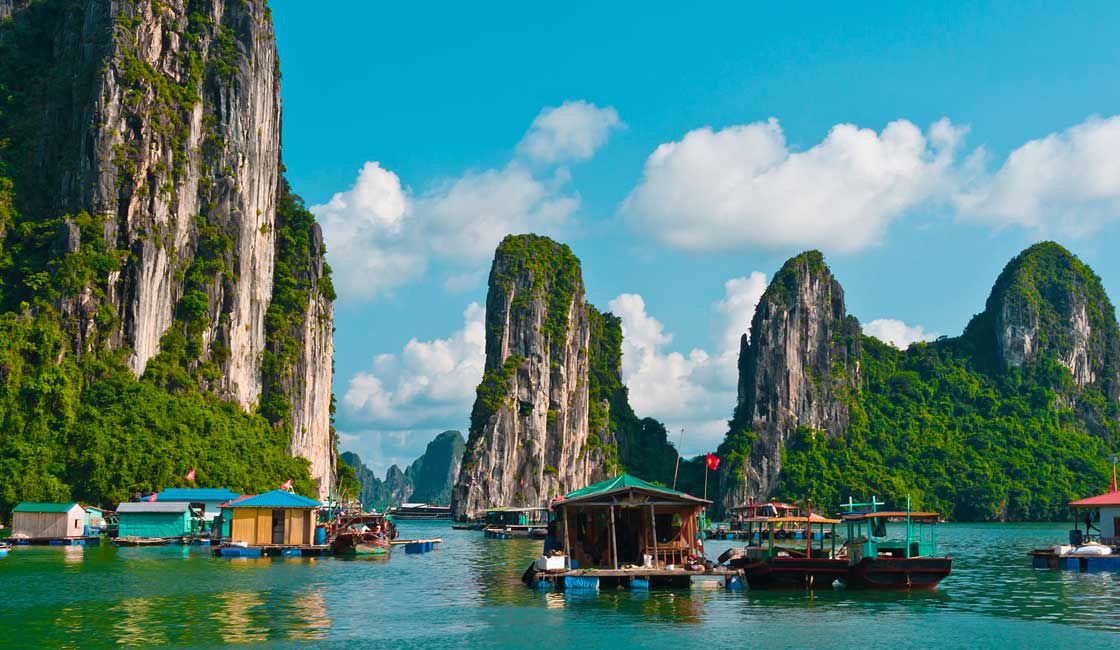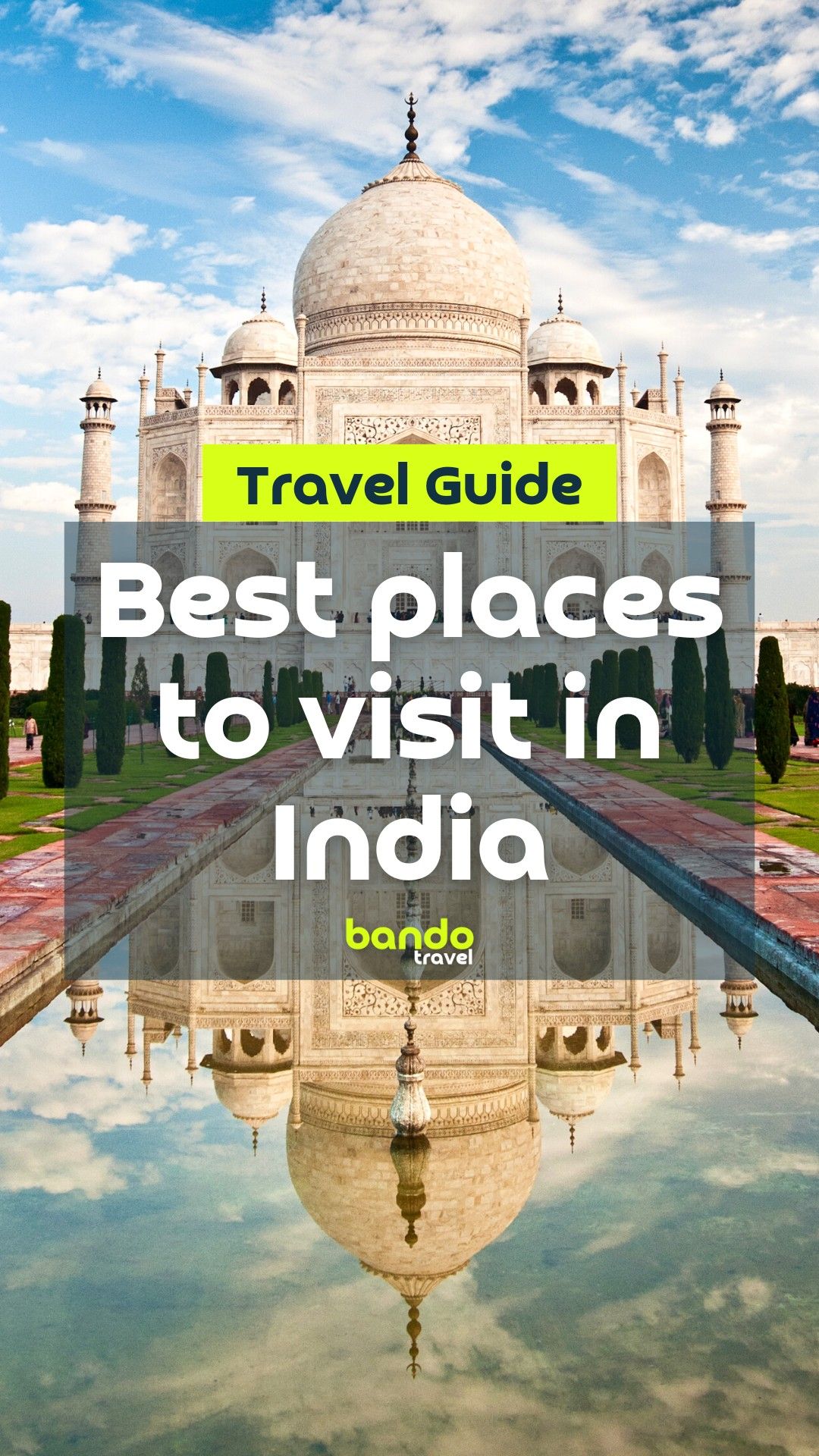
India, a land of ancient civilizations, vibrant cultures, and breathtaking landscapes, beckons travelers with an irresistible allure. From the snow-capped Himalayas to the sun-drenched beaches of the south, this subcontinent is a kaleidoscope of experiences waiting to be discovered. Embarking on a journey to India is not just a vacation; it’s an immersion into a world where history whispers from every monument, spirituality permeates the air, and flavors dance on your palate. This comprehensive guide will equip you with the knowledge to navigate this extraordinary destination, ensuring a truly unforgettable adventure.
A Glimpse into India’s Storied Past
To truly appreciate India, one must understand its profound history. Millennia ago, the Indus Valley Civilization, one of the world’s oldest urban cultures, flourished along the banks of the Indus River. This era laid the foundation for a civilization that would evolve through the Vedic period, giving rise to Hinduism, one of the world’s oldest religions.
Related Articles about India: A Tapestry of Time, Taste, and Wonder – Your Comprehensive Travel Guide:
- Germany: A Journey Through History, Culture, and Fairytale Landscapes
- The Great American Adventure: Your Comprehensive Travel Guide to the USA
- Odyssey of the Aegean: A Comprehensive Travel Guide to Greece
- Spain: A Tapestry of Sun, Soul, and Centuries – Unveiling its Best Tourist Attractions
- Italy: A Journey Through Timeless Beauty and Enduring Charm
The Maurya and Gupta empires witnessed a golden age of art, science, and philosophy. Buddhism, founded by Siddhartha Gautama, also took root and spread its influence across the continent and beyond. The medieval period saw the rise of powerful dynasties, including the Rajputs in the north and the Cholas in the south, leaving behind magnificent forts and temples.
The arrival of Islam brought the Mughal Empire, a period of immense architectural grandeur, epitomized by the Taj Mahal, and a rich fusion of cultures. Later, European colonial powers, most notably the British, left their indelible mark, shaping India’s administrative and economic landscape. Finally, the struggle for independence, led by Mahatma Gandhi and countless others, culminated in the birth of modern India in 1947. This rich historical tapestry is evident in the diverse architecture, traditions, and philosophies that continue to shape India today.
Unveiling India’s Main Attractions: A Journey Through Diverse Wonders
India’s sheer scale and diversity mean that any itinerary is a compromise. However, certain iconic destinations stand out, offering a quintessential Indian experience:
The Golden Triangle (Delhi, Agra, Jaipur): This classic route is a perfect introduction to India’s grandeur.
- Delhi: The bustling capital city is a fascinating blend of old and new. Explore the historical Red Fort and Jama Masjid, wander through the chaotic lanes of Chandni Chowk, and find serenity at Humayun’s Tomb and the Lotus Temple. The modern India Gate and Connaught Place offer a glimpse of contemporary life.
- Agra: Home to the breathtaking Taj Mahal, a UNESCO World Heritage Site and a testament to eternal love. Witness its ethereal beauty at sunrise or sunset. Don’t miss the imposing Agra Fort, another UNESCO site, which offers stunning views of the Taj.
- Jaipur (The Pink City): Famous for its vibrant pink architecture, Jaipur is a city of forts and palaces. Visit the majestic Amber Fort, ride an elephant up to its ramparts, explore the City Palace, marvel at the intricate design of Hawa Mahal (Palace of Winds), and witness astronomical wonders at Jantar Mantar.
Varanasi: One of the oldest continuously inhabited cities in the world and the spiritual heart of Hinduism. Witness the mesmerizing Ganga Aarti ceremony at the ghats (riverfront steps), take a boat ride on the sacred Ganges River, and explore the labyrinthine alleys filled with ancient temples and ashrams. Varanasi is an intense, spiritual, and deeply moving experience.
Rajasthan (Beyond Jaipur): The "Land of Kings" offers a plethora of historical and cultural gems.
- Udaipur (The City of Lakes): A romantic city adorned with shimmering lakes and grand palaces. Visit the magnificent City Palace, boat on Lake Pichola, and explore the Jag Mandir and Jag Niwas (Lake Palace).
- Jodhpur (The Blue City): Dominated by the imposing Mehrangarh Fort, offering panoramic views of the blue-hued houses below. Explore the fort, stroll through the vibrant Sardar Market, and discover the Jaswant Thada.
- Jaisalmer (The Golden City): A desert city where the Golden Fort rises majestically from the Thar Desert. Explore the living fort, its intricate havelis (mansions), and experience a camel safari into the desert for a magical sunset.
Kerala (God’s Own Country): Located in South India, Kerala offers lush landscapes and serene backwaters.
- Backwaters of Alleppey (Alappuzha): Cruise through tranquil canals and lagoons on a traditional houseboat, witnessing village life unfold along the banks.
- Munnar: A hill station famous for its sprawling tea plantations, offering breathtaking views and opportunities for trekking.
- Kochi (Cochin): A vibrant port city with a rich history, featuring Chinese fishing nets, colonial architecture, and spice markets.
Goa: Famous for its golden beaches, vibrant nightlife, and Portuguese colonial heritage. Relax on the sandy shores, explore historic churches and forts, and indulge in fresh seafood.
Himalayan Regions (Himachal Pradesh, Uttarakhand): For nature lovers and adventure seekers.
- Shimla: A charming hill station that was once the summer capital of British India.
- Manali: A popular destination for adventure sports like paragliding and trekking, with stunning mountain vistas.
- Rishikesh: The "Yoga Capital of the World," offering spiritual retreats and thrilling white-water rafting.
Essential Travel Tips for Navigating India
India can be overwhelming, but with a little preparation, your journey will be smoother and more enjoyable:
- Visa: Most nationalities require a visa to enter India. Apply well in advance through the Indian Embassy or Consulate in your country or opt for the e-Visa if eligible.
- Vaccinations and Health: Consult your doctor about recommended vaccinations and malaria prophylaxis. Carry a basic first-aid kit. Drink only bottled or purified water.
- Currency: The Indian Rupee (INR) is the official currency. ATMs are widely available in cities, but it’s advisable to carry some cash, especially in smaller towns.
- Language: Hindi and English are the official languages. English is widely spoken in tourist areas, but learning a few basic Hindi phrases can be helpful and appreciated.
- Dress Code: India is a conservative country. Dress modestly, especially when visiting religious sites. Cover your shoulders and knees. Lightweight, breathable fabrics are recommended.
- Bargaining: Bargaining is common in markets and with rickshaw/taxi drivers. Be polite but firm.
- Scams: Be aware of common tourist scams, such as overcharging, unsolicited guides, and fake gemstone shops. Trust your instincts and if something feels too good to be true, it probably is.
- Respect Local Customs: Be mindful of local customs and traditions. Remove your shoes before entering temples and homes. Avoid public displays of affection.
- Patience: India can be chaotic and unpredictable. Embrace the unexpected and approach your journey with patience and an open mind.
- Connectivity: SIM cards are readily available for purchase at airports and local shops, providing affordable data and calling plans.
The Best Time to Visit India: Embracing the Seasons
India’s climate varies significantly across its vast expanse. The best time to visit generally depends on the region you plan to explore:
- October to March (Winter): This is the most popular time to visit most of India. The weather is pleasant, with cooler temperatures and lower humidity. Northern India experiences crisp, cool days and cold nights, while southern India enjoys warm and sunny days. This is ideal for exploring historical sites and cities.
- April to June (Summer): Temperatures soar across most of India, making it challenging for sightseeing. However, it’s a good time to visit hill stations in the north, like Shimla and Manali, which offer respite from the heat.
- July to September (Monsoon): The monsoon season brings heavy rainfall to most parts of India, particularly the west and south. While some areas might experience disruptions, it’s a beautiful time to visit regions like Rajasthan and Gujarat, which receive less rainfall and offer lush green landscapes. The northeast also experiences its monsoon during this period.
Regional Considerations:
- North India (Delhi, Rajasthan, Uttar Pradesh): October to March is ideal.
- South India (Kerala, Goa): October to March offers pleasant weather. The monsoon season (June to August) can be beautiful for its lush greenery but might impact travel plans.
- Himalayan Regions: May to October is generally good for trekking and sightseeing, with summer months being popular. Winters (November to March) are for snow sports.
Finding Your Sanctuary: Nearby Hotels and Accommodation
India offers a diverse range of accommodation options to suit every budget and preference:
- Luxury Hotels: Iconic international chains and heritage hotels offer unparalleled comfort and service, often housed in beautifully restored palaces and colonial bungalows.
- Boutique Hotels: These offer a more intimate and personalized experience, often reflecting local character and design.
- Mid-Range Hotels: Comfortable and well-equipped hotels providing good value for money.
- Guesthouses and Homestays: A fantastic way to experience local hospitality and get a glimpse into daily life.
- Budget Hostels and Dormitories: Ideal for solo travelers and backpackers looking for affordable accommodation and a social atmosphere.
- Houseboats: A unique experience in Kerala’s backwaters.
When booking, consider:
- Location: Proximity to attractions, transportation hubs, and city centers.
- Reviews: Read recent reviews from other travelers.
- Amenities: Check for Wi-Fi, air conditioning, and breakfast options.
- Booking Platforms: Utilize platforms like Booking.com, Agoda, MakeMyTrip, and directly from hotel websites.
A Culinary Odyssey: Savoring Local Flavors
Indian cuisine is renowned worldwide for its complexity, diversity, and explosion of flavors. Each region boasts its own distinct specialties:
- North Indian Cuisine: Characterized by rich gravies, dairy products, and tandoori cooking.
- Must-try dishes: Butter Chicken, Dal Makhani, Paneer Tikka, Naan, Roti, Biryani, Samosas.
- South Indian Cuisine: Known for its use of rice, lentils, coconut, and spices. Often spicier than North Indian food.
- Must-try dishes: Dosa, Idli, Vada, Sambhar, Rasam, Uttapam, Coconut Chutney, Fish Curry.
- Street Food: An essential part of the Indian culinary experience.
- Must-try items: Pani Puri, Bhel Puri, Vada Pav, Jalebi, Lassi (yogurt-based drink).
- Sweets: India has a vibrant tradition of delicious sweets.
- Must-try items: Gulab Jamun, Rasgulla, Barfi, Kheer.
- Beverages:
- Chai: A ubiquitous and beloved spiced tea.
- Lassi: A refreshing yogurt-based drink, sweet or savory.
- Kingfisher Beer: A popular Indian lager.
Tips for Foodies:
- Eat where the locals eat: Look for busy street food stalls and local eateries.
- Be adventurous: Try different regional specialties.
- Be mindful of hygiene: Stick to freshly cooked food and avoid raw salads if you have a sensitive stomach.
Navigating the Subcontinent: Transportation Options
India’s vastness necessitates efficient transportation, and a variety of options are available:
- Indian Railways: The backbone of Indian transportation, offering an extensive network connecting most cities and towns. A quintessential Indian experience, from the bustling platforms to the diverse classes of travel (AC First Class, AC 2-Tier, AC 3-Tier, Sleeper Class). Book tickets in advance, especially for popular routes.
- Flights: For longer distances, domestic flights are a convenient and increasingly affordable option. Major airlines like IndiGo, Vistara, and Air India connect major cities.
- Buses: A more economical option for inter-city travel. Government and private bus operators offer various services, from comfortable AC coaches to local buses.
- Taxis and Ride-Sharing: Widely available in cities. Uber and Ola are popular ride-sharing apps. For shorter distances or local sightseeing, pre-paid taxis and auto-rickshaws are common. Negotiate fares beforehand or ensure the meter is used.
- Local Transport: Within cities, auto-rickshaws, cycle rickshaws, and local buses are common. The Delhi Metro is a modern and efficient way to navigate the capital.
- Rental Cars: Can be rented with or without a driver. Hiring a car with a driver is often recommended for navigating unfamiliar roads and dealing with traffic.
Key Considerations:
- Traffic: Indian cities are known for their chaotic traffic. Factor in extra travel time.
- Booking: Book train and flight tickets well in advance, especially during peak season.
- Comfort: For long journeys, consider AC classes on trains for a more comfortable experience.
India is a destination that will captivate your senses, challenge your perceptions, and leave an indelible mark on your soul. By understanding its history, embracing its diverse attractions, heeding travel tips, choosing the best time to visit, and navigating its transportation and culinary landscapes, you are well on your way to embarking on an extraordinary adventure. Prepare to be amazed, inspired, and utterly enchanted by the magic of India.



